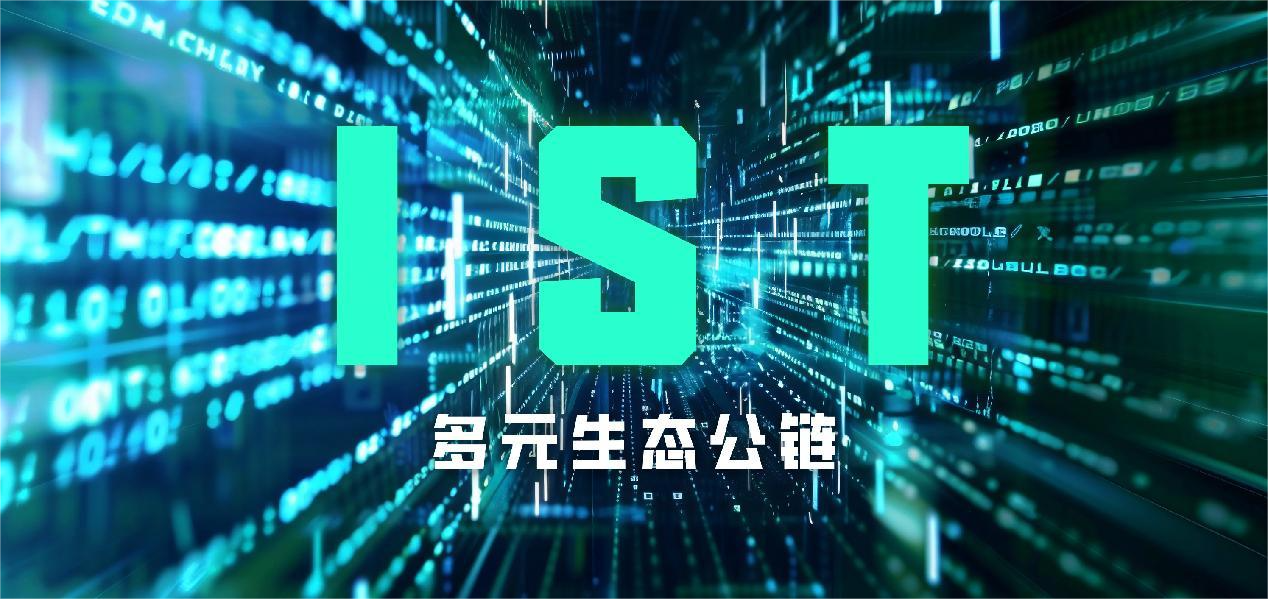1 .Project Background and Vision
With the rapid development of blockchain technology, decentralized applications (DApps) and smart contracts are gradually entering the market. However, traditional public blockchains face several bottlenecks, mainly in scalability, performance, security, and cross-chain interoperability. Although many public chain projects have attempted to address these issues, most still struggle to strike a balance between high TPS, scalability, and security.
The goal of the Multi-Ecosystem Public Blockchain is to tackle these challenges by introducing an innovative IST (Interconnected Secure Token) architecture that enables CPU and GPU bidirectional collaboration, along with a novel consensus mechanism. This provides a high-performance, secure, scalable, and versatile foundation compatible with diverse application scenarios. The Multi-Ecosystem Public Blockchain aims to offer robust infrastructure support for decentralized finance (DeFi), social finance (SocialFi), gaming finance (GameFi), AI-driven finance (AiFi), and the metaverse.
The vision of the Multi-Ecosystem Public Blockchain is to build a diversified, interconnected, and sustainable blockchain ecosystem, promote the global adoption of blockchain technology, and empower the growth of the digital economy.
2.Industry Challenges and Solutions
1.Scalability Issues:
Many current blockchain public chains suffer from low TPS (Transactions Per Second) and long transaction confirmation times, which limit the large-scale adoption of applications.
·Solution:
The multi-ecosystem public blockchain addresses the TPS bottleneck by adopting a bidirectional collaborative parallel computing architecture that integrates both CPU and GPU processing, achieving transaction throughput at the scale of millions per second.
2.Poor Cross-Chain Interoperability:
Asset transfers between different blockchains are inefficient, making it difficult to achieve seamless resource sharing and interconnection.
·Solution:
The Multi-Ecosystem Public Blockchain offers a cross-chain protocol that allows assets and data to flow freely between different blockchains, breaking the “island” effect and promoting multi-chain interconnection.
3.Decentralization and Security:
· Solutions:






